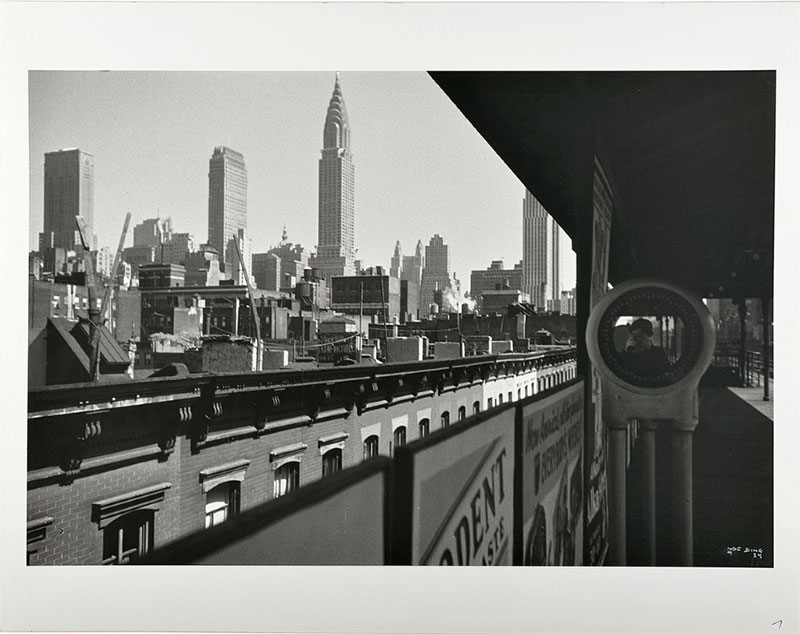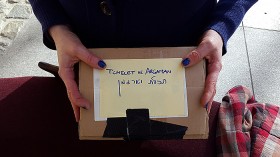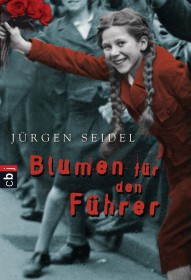A self-portrait shot by Ilse Bing on her first trip to New York in 1936 has been imprinted on my mind’s eye for a very long time. The image was up for sale only twice in the last twenty years. On the first occasion, in 2009, a vintage print went at auction for the princely sum of 25,000.00 EUR. Given its rarity and great market value, I imagined at the time that the enchanting image was unlikely ever to become a part of our collection. For me, it came to be the very epitome of wishful thinking.

Ilse Bing, “New York—The Elevated and Me,” print from 1988 of the original negative from 1936. Jewish Museum Berlin © Estate of Ilse Bing
The photograph depicts a station on the Elevated (subway line) in New York and the reflection in a small round mirror of the photographer with her Leica. The title “New York—The Elevated and Me” underscores the hybridity here of cityscape and self-portrait.
→ continue reading

When delivering her art works to the Jewish Museum Berlin, Deborah S. Phillips naturally wears blue nail polish © Jewish Museum Berlin. Photo: Gelia Eisert
A visit to Berlin-Neukölln, to the studio apartment of Deborah S. Phillips, who is dressed in blue, today, except for her shoes, which are green. That the artist has spent the last five years examining the color blue and is only now gradually turning her attention to hues of green is reflected thus in her apparel as well as her art.
Red was the first color to which Deborah Phillips devoted herself with a passion. The Bible story she read aloud as a 12-year-old in the synagogue on the occasion of her Bat Mizwa was about the red cow—and it haunted her for ages. It was the tale of a strange animal that had to be sacrificed so people could use its ashes to cleanse themselves of sin. Only then would they be able to enter the temple in Jerusalem. Many years later, Deborah Phillip’s reflections on the color red and its cultural significance culminated in one of her enchanting works on paper, the “Red Book,” which is the fruit also of the artist’s extensive voyages in Iran, India and Central Asia, and her affinity with Islamic cultures. → continue reading

Book cover of the German edition of “Blumen für den Führer” © Verlag cbj
Innumerable publications have appeared on the market about the Nazi period in Germany, as well as a steady stream of new novels, non-fiction, and books for children or young adults that deal with this subject. Among them you will find Jürgen Seidel’s “Flowers for the Führer,” the first part of a trilogy that is, according to the reviews, “a very complex, moving, and exciting novel for young adults about a tragic love story during the era of National Socialism,” and is also “worth reading for adults.” Some of us read the trilogy as part of a reading group dedicated to keeping abreast of children’s and young adult literature about Nazism. And we quickly discovered that instead of discussing the depiction of the Nazi regime and German history, we needed to talk about something else: racism.
→ continue reading


